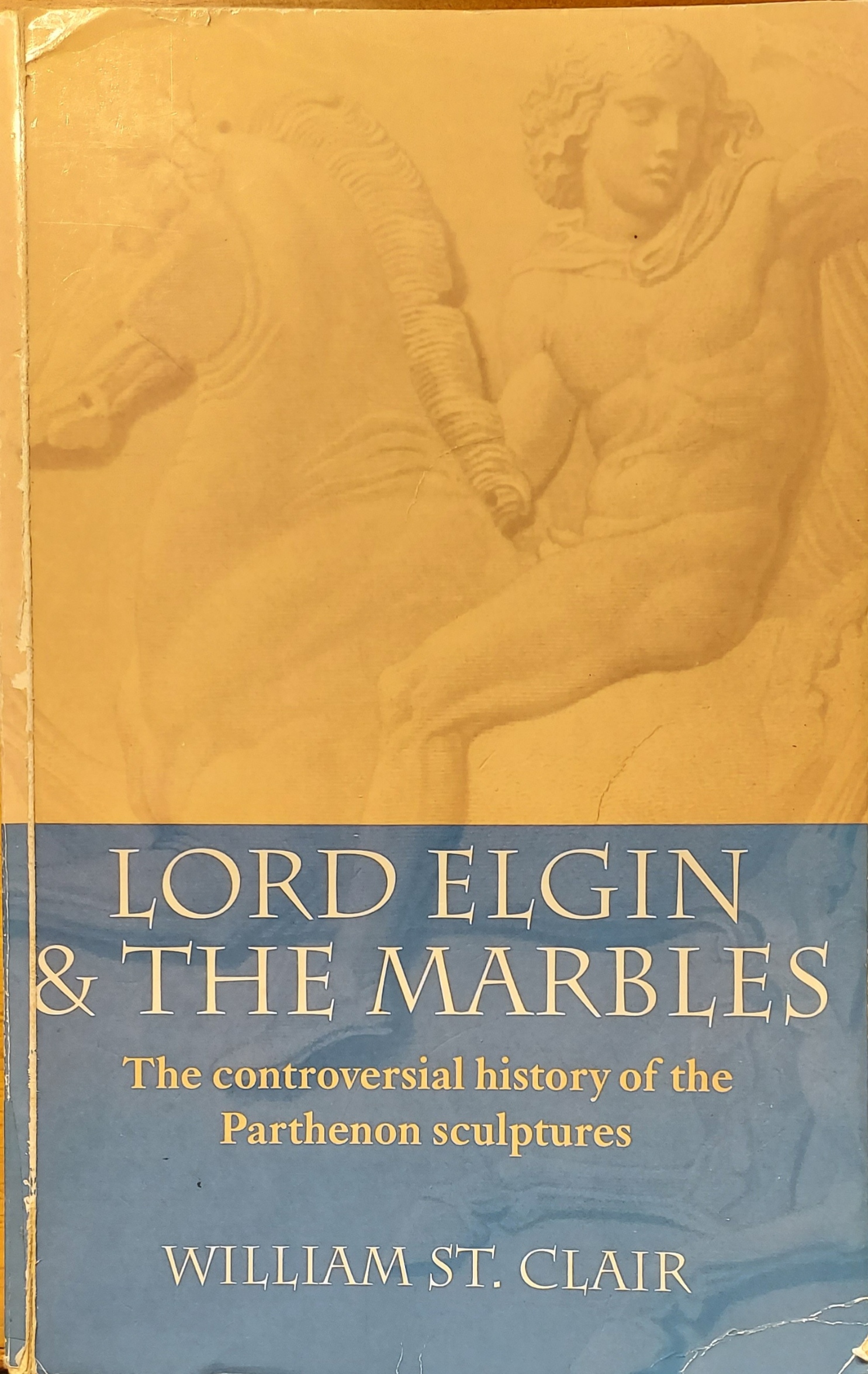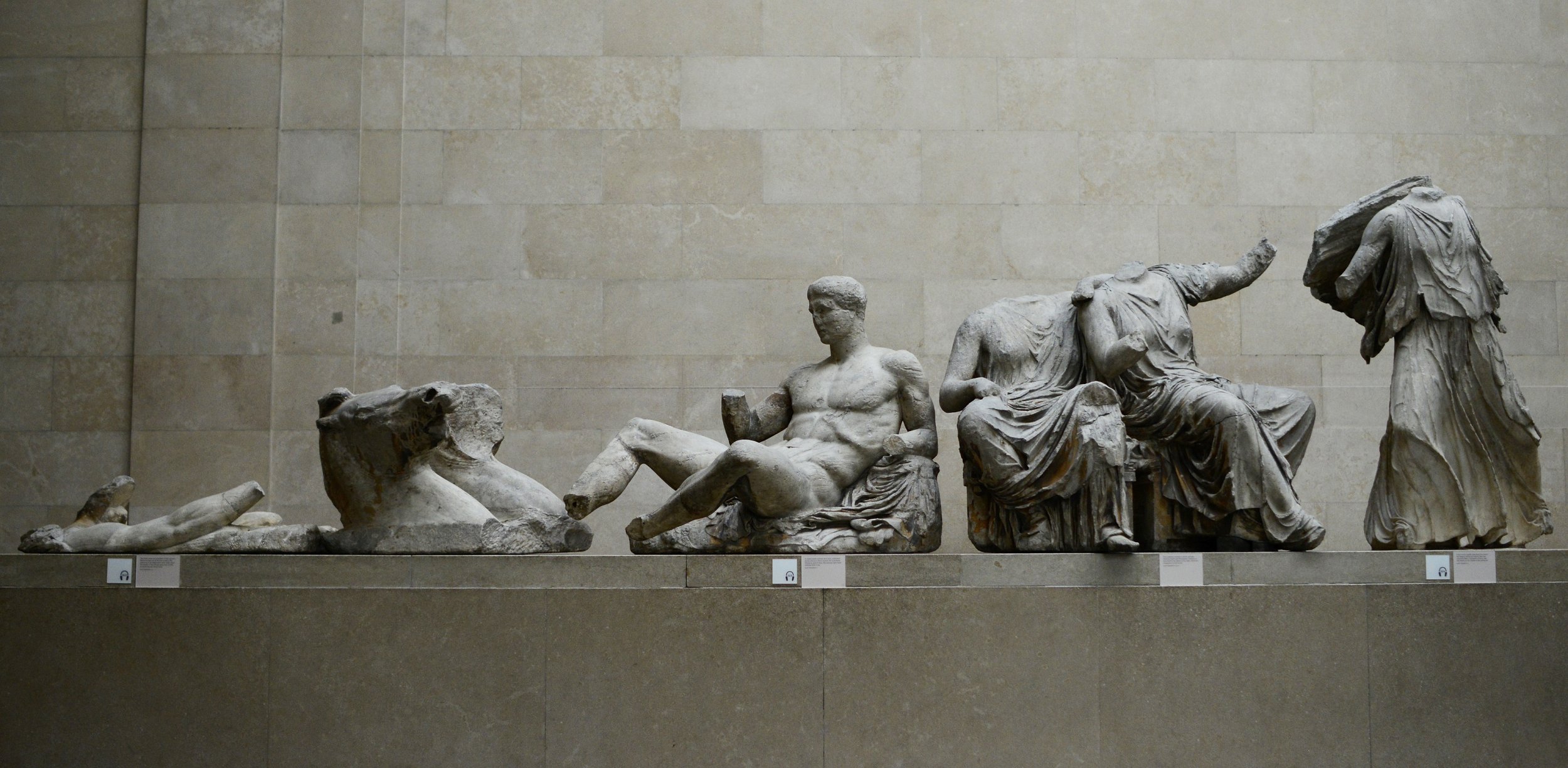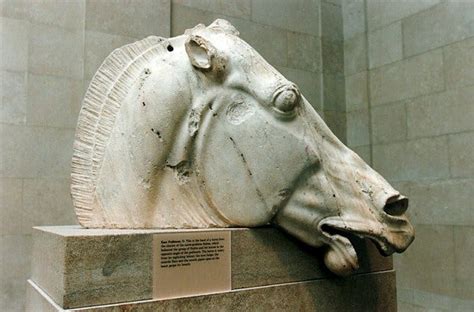| Lord
Elgin and the Marbles (3rd edition, 1998) by William St. Clair |
||
| |
 I asked ChatGPT to
write a précis of the book kindly delivered to me
by Amazon, but it tells me that the book's
contents are not available on the internet. So I
shall have to do it myself. I asked ChatGPT to
write a précis of the book kindly delivered to me
by Amazon, but it tells me that the book's
contents are not available on the internet. So I
shall have to do it myself. We start in 1799 when the Earl of Elgin was aged 32. He had impressed the Prime Minister, William Pitt, as an envoy in Vienna and then ambassador in Berlin at the Prussian Court. But now the government wanted him to go and work his magic on the Ottoman empire as ambassador to the Court of the Sultan. At his age, he decided that it would be best, before going, to find himself a wife. Within a few weeks of his return to Scotland he was married to a somewhat reluctant Mary Nisbet. She was a 21 year old society beauty from a very wealthy family. As ambassador, Elgin had already run up quite large debts and had no major source of income. But with the substantial marriage settlement which accompanied his wife, his financial problems seemed to be over. After a few months, he and his by now pregnant wife set off to Constantinople across a rather perilous, nausea inducing Mediterranean Sea, then the backdrop for naval battles involving, amongst other notable figures, Bonaparte and Nelson. At that time, many scholars and young men on their European tour were abandoning the previously fashionable Rome and going to Greece instead to study ancient history and art. Elgin saw an opportunity to use his time in Constantinople to get artists and mould-makers to go to Greece, then a part of the Ottoman empire, and produce drawings and copies of the Greek marvels at the Parthenon and elsewhere. He believed that the resulting copies and books of engravings could on his return be sold on the British market to the landed gentry or indeed to the newly-founded British Museum. Although Elgin tried to organise his team before leaving the UK, nobody would go at the price or on the conditions he was offering – he wanted exclusive rights to everything. Eventually, in Italy, he found an artist, Giovanni Battista Lusieri, (then working for the King of Naples) and his assistant, who would direct the work and produce the illustrations for later engraving, with local Greek workers being employed once he arrived. The difficulty was that others were trying to get on to the same site and the Greeks put obstacles in the way of his  workmen. It was
for that reason that Elgin, using his position at
the court of the Sultan, but via his personal
chaplain, Reverend Dr Hunt, asked the Grand Vizier
to provide him with what has been referred to as a
‘Firman’. This was an authorisation to do the work
without interference from the local officials in
Athens. In fact, a Firman in those days should
have been issued by the Sultan himself and not his
Vizier, Grand or not. And so simply because of
that, the authorisation was probably void,
although accepted by the people in Athens as the
real McCoy. workmen. It was
for that reason that Elgin, using his position at
the court of the Sultan, but via his personal
chaplain, Reverend Dr Hunt, asked the Grand Vizier
to provide him with what has been referred to as a
‘Firman’. This was an authorisation to do the work
without interference from the local officials in
Athens. In fact, a Firman in those days should
have been issued by the Sultan himself and not his
Vizier, Grand or not. And so simply because of
that, the authorisation was probably void,
although accepted by the people in Athens as the
real McCoy. In fact, the Firman had greater authority than expected. According to Hunt, when it was presented to the governor of Athens, he expressed surprise that there were in fact any difficulties. It turned out that the local person in charge had been accepting bribes from others wanting access to the site. When this came out the governor went into something of a frenzy, threatening to put this man and his sons on the slave boats. This meant that when Elgin wanted to go rather further than the Firman allowed him to, there was no pushback from the family in charge. They were in fear of their own future rather than the future of the marbles.  We now skip forward to
a hearing before a select committee of Parliament.
It had been convened because Elgin was back in
England with the marbles. Some of the marbles had
been dispatched to England by sea in 1802, but the
others were delayed until 1810. And in 1803
Elgin himself tried to go home via France at a
time of hostility between the two nations. The
treaty of Amiens had just broken down and he was
held captive in a French gaol for three years. It
is thought that this was partly to put pressure on
Elgin to allow the French to take the many marbles
still then in Athens. We now skip forward to
a hearing before a select committee of Parliament.
It had been convened because Elgin was back in
England with the marbles. Some of the marbles had
been dispatched to England by sea in 1802, but the
others were delayed until 1810. And in 1803
Elgin himself tried to go home via France at a
time of hostility between the two nations. The
treaty of Amiens had just broken down and he was
held captive in a French gaol for three years. It
is thought that this was partly to put pressure on
Elgin to allow the French to take the many marbles
still then in Athens.Elgin was by then in poor health and had already lost a part of his nose because of Syphilis contracted in his youth. So then it was not entirely surprising that, during his incarceration, his wife enjoyed the company of another. The French eventually released him and, on his return, he set about divorcing his wife for adultery, something which required a costly private act of Parliament. He was by then in dire financial straits (again). The committee had to decide whether or not to recommend that the state purchase, for the British Museum, what he had brought back from Athens. Was he the true owner of it all? If not, then the collection would have been sold on the continent, not an outcome which would have pleased the parliamentarians. And so the cross-examination seems not to have been very thorough. It centred, of course on the Firman. Lord Elgin told the committee that the Firman was addressed to the governor of Athens and so had been handed to him. Elgin said he hadn’t retained a copy, but that it had certainly given him authority to remove the marbles. A fortnight later, Rev. Dr Hunt came before the committee. He told the committee that when he had requested the Firman he had also asked for a ‘literal translation’ as none of his party spoke Arabic. And fortunately he still had that translation. So could the committee look at it? Well, no, because he hadn’t realised that it would be asked for and he didn’t have anyone to go to his house in Bedford to get it. And it was in Italian. Subsequently an English translation of it was sent to the committee by Hunt. The committee approved the purchase by the state for £35,000. This was half the amount which Elgin had spent in ‘acquiring’ the items and transporting them to England. The parliamentary report and all of the annexed documents were subsequently lost when Parliament went up in flames in 1834. It was only when William St. Clair went through Hunt’s papers a century and a half later that he discovered the Italian version. And it is clear that it wasn’t a translation of the Firman at all, but perhaps a draft. It left space for the insertion of the name of the person delivering the letter. The English version sent by Hunt is said to be accurate but, instead of a blank, includes his name as that person and refers to seals of office, although none are on the Italian version. The kindest explanation is that it set out what Hunt asked the Ottoman authorities to say. What they actually said we simply don't know. But even the Italian version did not give permission for Elgin to remove the marbles which were still a part of the Parthenon. It said that he could take casts, make drawings and excavate beneath to see what material might already have fallen off – and he could take away ‘qualche pezzi di pietra con inscrizione, e figure..’. Although the English version translates ‘Qualche’ as ‘some’, it normally implies ‘a few’ rather than a large quantity. And so it didn’t authorise the removal of ‘qualche’ boatloads of the stuff - even though by a combination of bribery, bullying and the French falling out of favour with the Ottoman empire, he finally obtained official permission to ship it to England. Of course the Parthenon was already in a ruinous state with more than half of the original sculptures damaged or stolen. One may speculate therefore that he saved some of those beautiful works of art for posterity. But was it legal? Absolutely not. Is the Greek nation entitled to have it all back? Well, the Ottoman empire was then in charge and in one way or another they permitted or allowed the removal. I hardly think though that that justifies our hanging on to it. At the foot of the Acropolis, there is a museum that was built specifically to house the missing marbles whenever they return. Fourteen years after it opened, they are still waiting. 4 December 2023 Paul Buckingham |
|
|
|